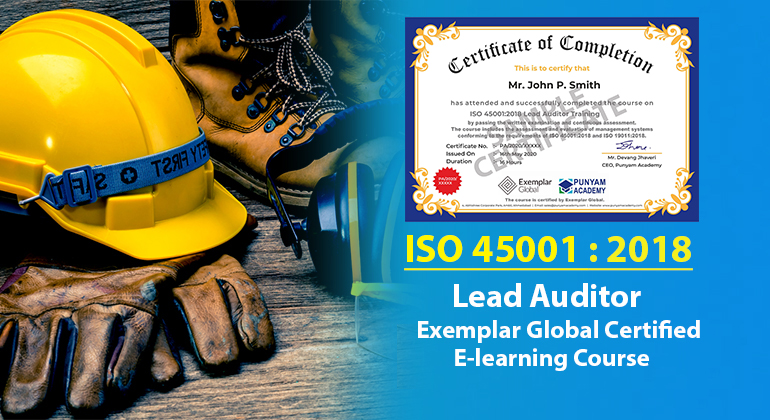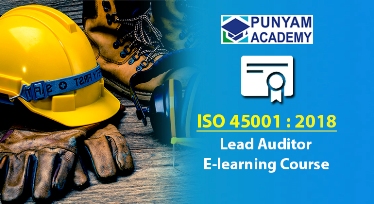
ISO 45001 is a worldwide known standard that establishes requirements for putting in place an effective Occupational Health and Safety (OH&S) management system. The ISO 45001 PDCA, which assists businesses in efficiently managing workplace health and safety, is a critical component of this standard. It provides a systematic method for managing occupational health and safety risks, guaranteeing regulatory compliance, and developing a culture of continuous improvement.
According to the Health and Safety at Work report, 99 per cent of all workplace incidents are avoidable. A solid safety framework will help you avoid workplace accidents. This blog will teach you about the ISO 45001 PDCA paradigm, its steps, and its benefits.
What does the ISO 45001 PDCA Model Entail?
The ISO 45001 Plan-Do-Check-Act methodology is a systematic strategy for improving occupational health and safety management systems on a continuously. It offers businesses a framework for planning, implementing, monitoring, and improving their procedures to provide workplace health and safety management.
ISO 45001 is an internationally accepted standard for occupational health and safety management systems. It establishes a standard that businesses can use to create and maintain a healthy and safe work environment.
The Steps in the PDCA Cycle
The PDCA cycle is incorporated into ISO 45001 as a key strategy to manage occupational health and safety. The standard mandates businesses to build and sustain PDCA-cycle procedures, ensuring that continuous improvement is at the heart of their management system. The PDCA Cycle is comprised of the following steps:
Plan Phase: Organizations establish the objectives and actions required to achieve the desired results during this phase. Identifying hazards, assessing risks, and designing mitigation plans and procedures are all part of this process. Organizations create quantifiable goals, define roles and duties, and allocate resources during this period.
Do Phase: The Do phase entails carrying out the plans created in the preceding phase. It entails carrying out processes, educating people, and assuring the availability of required resources. This stage is critical for putting plans into action and accomplishing the desired changes.
Check Phase: The Check phase examines and assesses the processes that have been implemented and their outcomes. It includes assessing performance against predetermined goals, conducting internal audits, and gathering data for analysis. This stage assists businesses in identifying areas for improvement, detecting nonconformities, and evaluating the efficiency of their occupational health and safety management system.
Act Phase: The Act phase entails taking corrective steps based on the preceding phase’s findings. Organizations examine collected data, identify root causes of problems, and put remedial and preventive measures in place. This stage highlights the need to learn from mistakes, modify processes as needed, and strive for continuous development.
The Advantages of Using the PDCA Cycle
Implementing the PDCA cycle inside the ISO 45001 framework provides various advantages to businesses. The following are the advantages of using the PDCA cycle:
- Continuous Improvement: The PDCA cycle offers an organized approach for businesses to continuously improve their occupational health and safety management system.
- Risk Reduction: By using the PDCA cycle, businesses can systematically recognise and handle occupational health and safety hazards, lowering the likelihood of incidents and accidents.
- Regulation Compliance: The PDCA cycle assists businesses in ensuring compliance with industry regulations and regulatory requirements, establishing a culture of responsible and lawful operations.
- Enhanced Effectiveness: Organizations can use the PDCA cycle to streamline operations, optimise resource allocation, and increase overall operational efficiency.
- Stakeholder Trust: Implementing the PDCA cycle displays an organization’s commitment to ensuring a safe and healthy work environment, increasing stakeholder trust and confidence.
The ISO 45001 PDCA cycle is critical to the success of occupational health and safety management systems. Following the four-step method of Plan, Do, Check, and Act, organizations may constantly improve their processes, mitigate risks, and improve worker safety.
Punyam Academy Offers ISO 45001 Training Courses:





